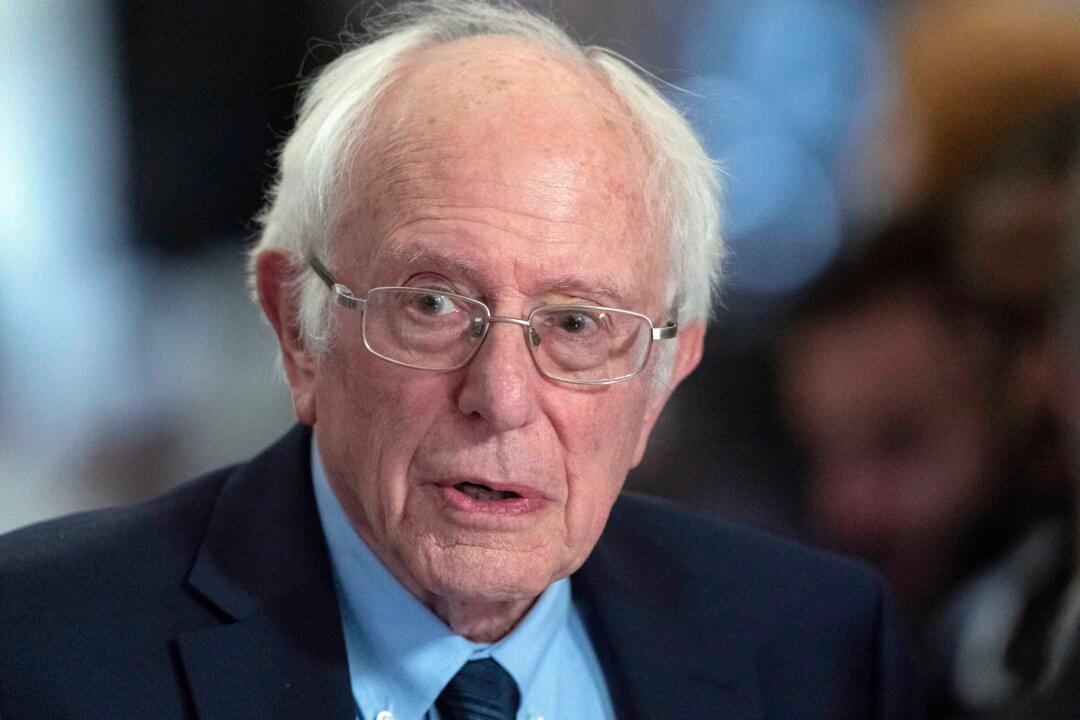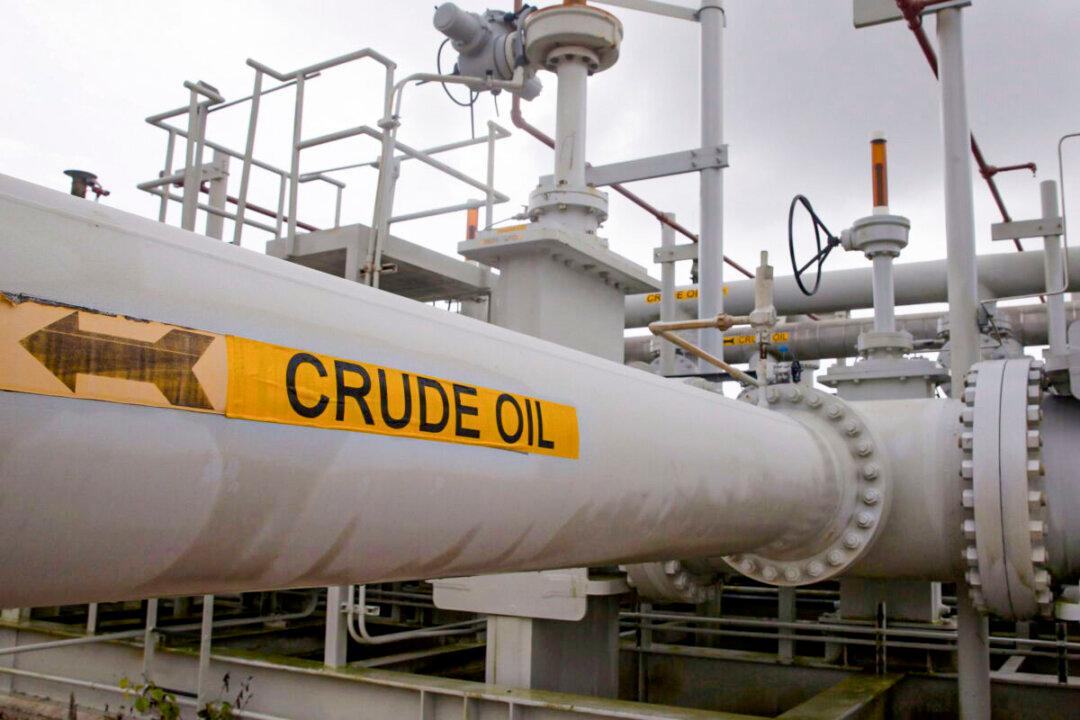In the immediate fallout of the collapse of Silicon Valley Bank (SVB) and Signature Bank, President Joe Biden and several Democrats blamed former president Donald Trump’s deregulatory efforts in 2018.
During Biden’s prepared address from the White House on Monday, he asserted that the previous administration rolled back several banking requirements aimed to prevent a financial crisis comparable to what occurred in 2008.
“During the Obama–Biden administration, we put in place tough requirements on banks like Silicon Valley Bank and Signature Bank, including the Dodd-Frank Law, to make sure the crisis we saw in 2008 would not happen again,” Biden said. “Unfortunately, the last administration rolled back some of these requirements.”
“Had Congress and the Federal Reserve not rolled back the stricter oversight, SVB. and Signature would have been subject to stronger liquidity and capital requirements to withstand financial shocks,” Warren wrote.
Did Trump Cause the Crisis?
In 2018, Trump signed into law the Economic Growth, Regulatory Relief, and Consumer Protection Act, effectively curtailing some components of the 2010 Dodd-Frank bill. The legislative pursuit aimed to ease restrictions on small- and medium-sized banks. By raising the threshold of being considered too critical to the financial system to fail from $50 billion to $250 billion, these banks would not be forced to go through stress tests.
It received the support of 33 House and 17 Senate Democrats, but many opponents warned that it would lead to heightened liability for taxpayers if the financial system came under pressure.
But Thomas Hogan, the former chief economist for the U.S. Senate Committee on Banking, Housing, and Urban Affairs, does not think these are legitimate criticisms.
“In fact, I would say the opposite that it’s almost certainly true that the banks are more regulated, and that makes it more difficult for them to work,” he told The Epoch Times.
A key reason for the current problem is the mark-to-market regulations that identify the so-called fair value of a fluctuating asset or liability based on the current market price.
“If banks are planning to hold these securities, then they’re really not actually in any danger of failing,” Hogan said. “But the regulation makes them look like they are at risk, which is what originally caused these threats.”
According to Laurence Kotlikoff, an author and professor of economics at Boston University, the Dodd-Frank stress tests “are a bad joke.”
In addition, the challenges facing risky banks are the result of the rising-rate climate, experts say. Silicon Valley Bank had engaged in venture capital investments. The bank had tried to offset these risks by investing in low-risk assets, like long-term bonds. However, as the Federal Reserve raised interest rates to fight inflation, the tightening measures also eroded the value of bonds.
Peter Schiff, the chief economist and global strategist at Euro Pacific Capital, stated that government banking regulations facilitated these companies to purchase long-term Treasurys and mortgage-backed securities.
The shrinking money supply has also weighed on the banking system, says Steve Hanke, the professor of applied economics at John Hopkins University and senior fellow at the Independent Institute.





